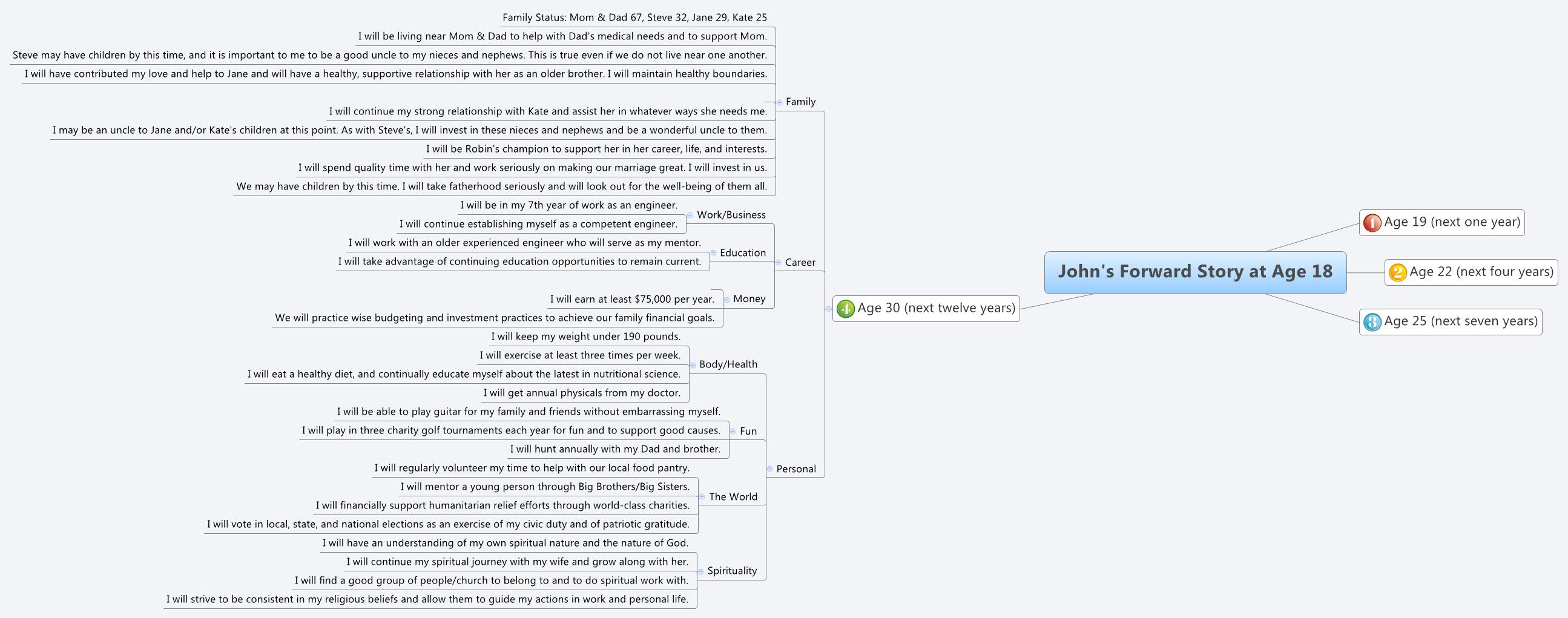© Bellemedia | Dreamstime Stock Photos & Stock Free Images
People who are categorized as “knowledge workers” often struggle with managing all of the information that comes their way on a daily basis and with getting everything done that needs to be done. My wife and I are both knowledge workers, and for years we have been mutually searching for a way of working that allows us to stay on track, manage a flood of information, keep our promises, get things done, and be great at everything we do. Modest goals, right?
Getting Things Done
In 2009 we discovered David Allen‘s book Getting Things Done: The Art of Stress-Free Productivity. His book has had so much impact that many people (including us) simply refer to his system as GTD®. We highly recommend the book and his method of organizing everything in your life. We are committed to his method of putting all tasks in writing and keeping them in context-specific lists. For example:
Errands
- Buy groceries
- Mail tax return at post office
- Make deposit
At Computer
- Finish RISE proposal
- Request meeting with James for the 22nd
- Schedule web conference for new project
You define your own contexts and add everything in your mind that you need to do in those contexts. My list is very large and evolves daily. If I trusted my brain to remember all of this, I would surely fail.
After understanding the purpose and power of GTD®, one of the first questions most people have is: “What software tool should I use to implement this system?” The beauty of GTD® is that there is no one tool that David recommends for everyone. He wants you to understand the system and then find the tools that work best for you. Finding that perfect mix of tools has been a challenge for us. Initially I used an iPhone tool (and related website) called Toodledo. This tool allowed me to create unlimited contexts and unlimited tasks. It also allowed me to include due dates. However, it was still not a natural part of my work day. I did not find myself using it effortlessly the way Zamfir uses the pan flute. My tasks were all “there,” but I wasn’t doing much with them.
Lean Manufacturing
I now believe that what I was missing to properly implement GTD® was right under my nose the whole time. In my day job I help companies and individuals manufacture their products. This career gives me the opportunity to be in many different types of factories (I wrote about my affection for factories here). Great factories have nearly all adopted Lean Manufacturing practices that were first developed in Japan. Among the many concepts used in Lean are:
- Kaizen (“good change” – continuous improvement)
- Muda (“wastefulness” – waste elimination)
- Poka-yoke (“fool-proofing”), and
- Kanban (“sign-board” – an inventory pull system)
Please hang in here with me. The payoff will be worth it. All of these Lean concepts are powerful, but I want to focus on one of them: Kanban.
Kanban
A kanban pull system is the way many factories are organized today for Just-In-Time (JIT) production. For a brief explanation for what a kanban system looks like, please check out this video:
So the kanban system relates to the inventory of parts and sub-assemblies that flow through a factory to completed product and customer order fulfillment. What does that have to do with knowledge workers or GTD®? Well, think of your capacity as a worker as you would think of a factory. In a sense you are your own factory with a set capacity to do work each day. You have a lot of people making a lot of demands on your time. You have work to do, promises to keep, and miles to go before you sleep (Robert Frost reference). Not to mention the fact that you have to attend that piano recital tonight, pick up a gallon of milk at the grocery store, and call to check on Aunt Edna’s gall bladder surgery. You only have so much time in the day. How will you balance your workload so as to not break promises or create big bottlenecks?
Let me introduce another book. My wife is currently reading a book titled Personal Kanban: Mapping Work | Navigating Life by Jim Benson & Tonianne DeMaria Barry. Think about the title for a moment – Personal Kanban. Remember, you are your own factory. You have only so much work that can flow through your factory today. You need a personal kanban system to effectively manage the inventory of tasks you need to do, those you are currently doing, those that are waiting for something or someone else, those that have been completed, and the entire backlog of all things that need to be done. I have not read the book yet, but as she and I have discussed it, it has become clear to me that implementing my own personal kanban is the secret to unlocking GTD®. It is in harmony with David Allen’s concepts. It is very possible that David even has the same idea just stated differently, but the concept of me being my own factory and having my own kanban has been powerful to me.
However, the question of tool still lingers. How do I implement my personal kanban? My wife has started using a physical white board with sticky notes for each task that are placed in one of several columns that reflect her workflow bins. This is the way kanbans are still used in some factories while others have gone to electronic kanban systems. I have found a software tool that is working beautifully for me.
Workflowy
I must give credit to John Jantsch at Duct Tape Marketing for sharing a terrific tool called Workflowy. John’s article provides a nice overview of the capabilities of Workflowy. The Workflowy site also has a good video introduction. My special recipe, though, is the combination of GTD®, Personal Kanban, and Workflowy. With the three of these merged together I am starting to use these tools like our buddy Zamfir and his pan flute. It feels natural to me.
Let me show you the way I have set up Workflowy bins to give me unprecedented productivity in my personal factory:
- READY [Work Waiting to Be Processed – Tasks That Need to be Completed First]
- TODAY [Work I Need to do Today]
- DOING [Work In Progress – Limit 3]
- WAITING FOR [The Pen – Things I’m Relying on Others or Time to be Able to Complete – Additional Actions Beyond My Control]
- DONE [Completed Work]
- BACKLOG [Work Yet to Do]
- Personal (By context)
- Work (By context)
Not only can I access my free account directly on Workflowy.com, I also have the Workflowy app on my iPhone. Each task listed in my personal kanban bins on Worklowy can be easily moved from one bin to another by dragging. It is very powerful to be able to look at the task I am currently DOING, to drag a completed task to DONE, and to pull a new task from TODAY or READY down into DOING. I hope you will at least give it a try by setting up your free Workflowy account as I have above. To really fine tune it all, I recommend you read the two books cited above. For me, implementing my own Personal Kanban on Workflowy helps me with Getting Things Done.
Forward Story
To me there is an obvious connection between all of this and Forward Story. The future I am working toward depends in large part on how I do my daily activities. This is true whether I am a student, an employee, a business owner, or a stay-at-home parent. The more effectively my personal factory runs, the more positive possibilities will show up in my future.
What tools and/or practices do you use in your daily life to help you keep on track and be more effective in your work?













